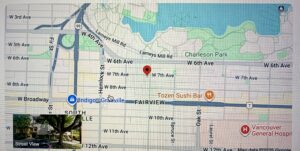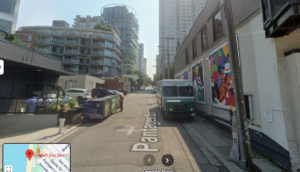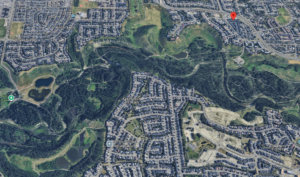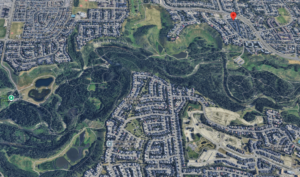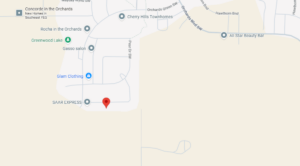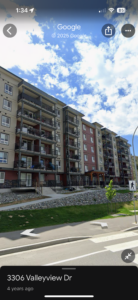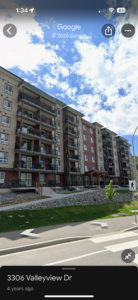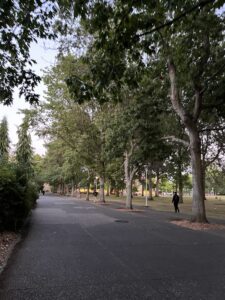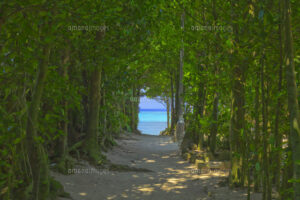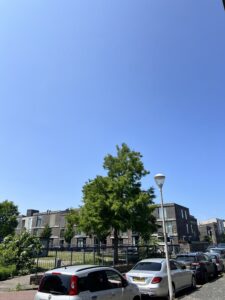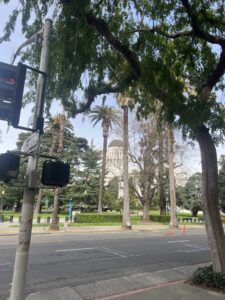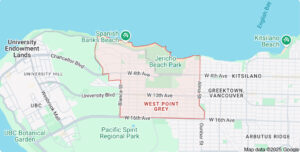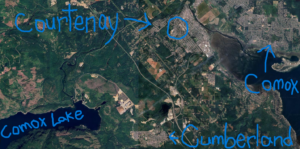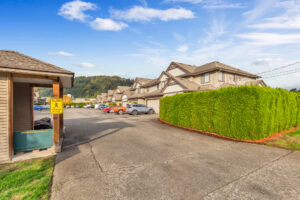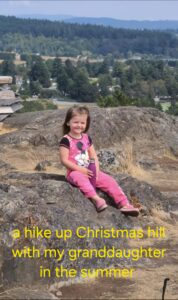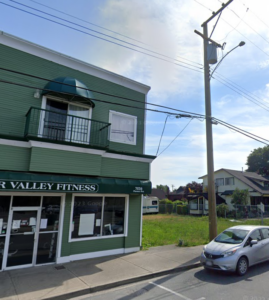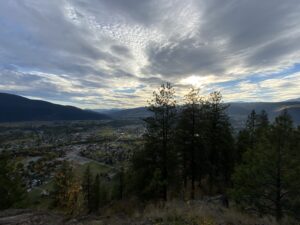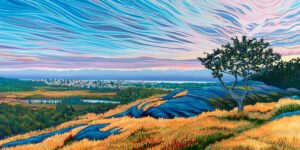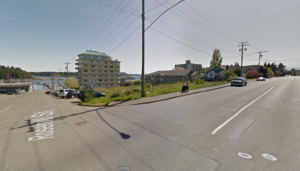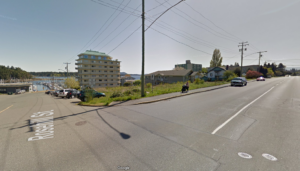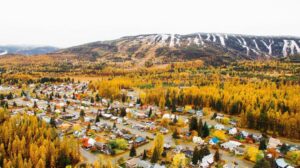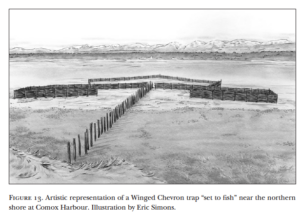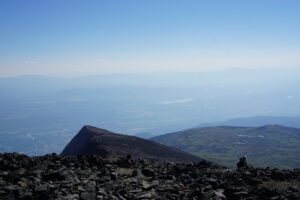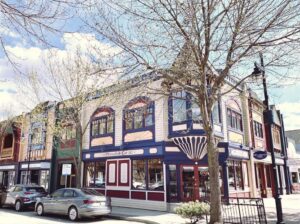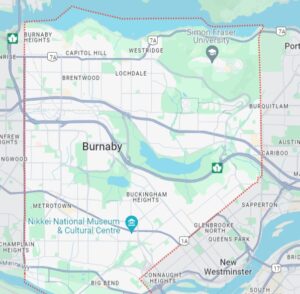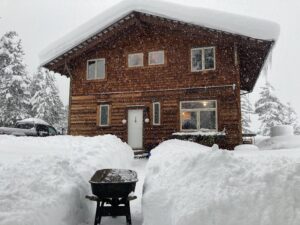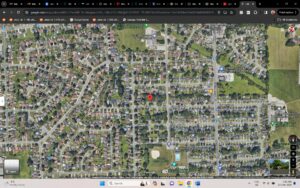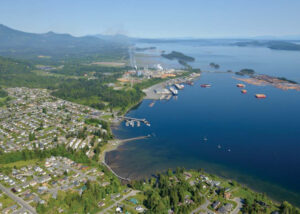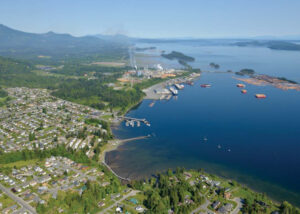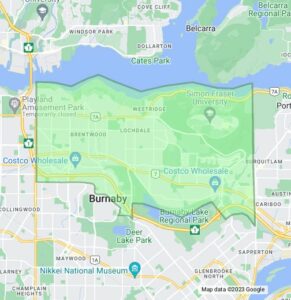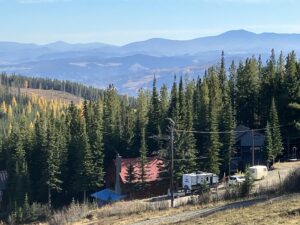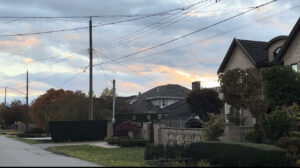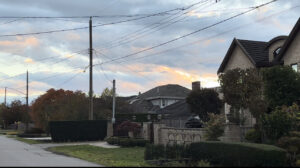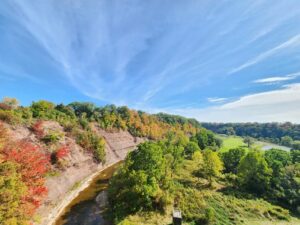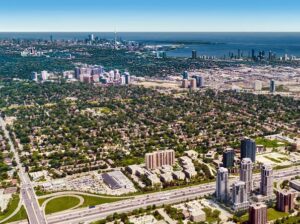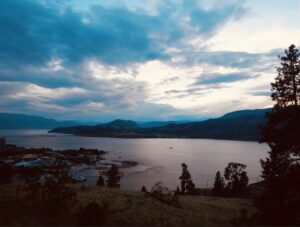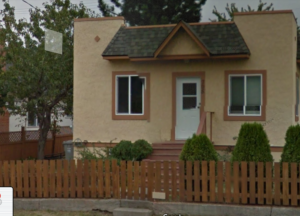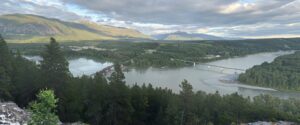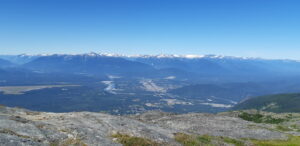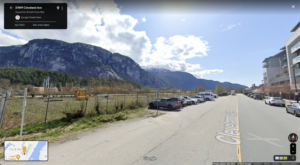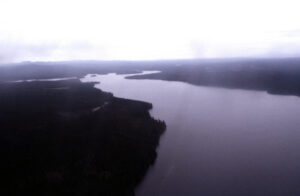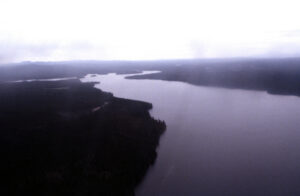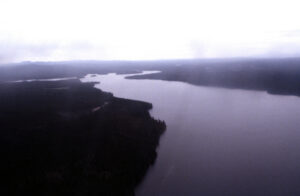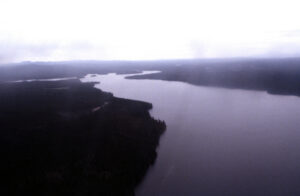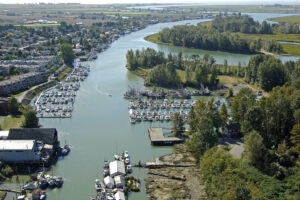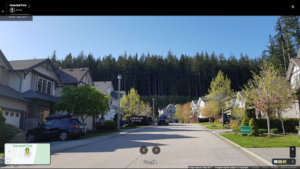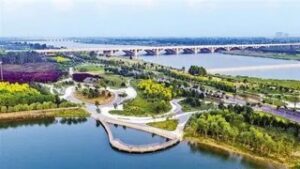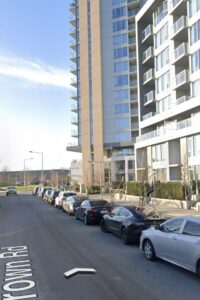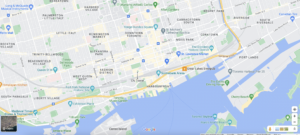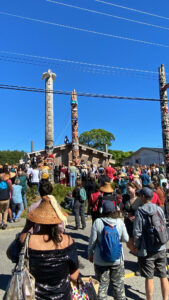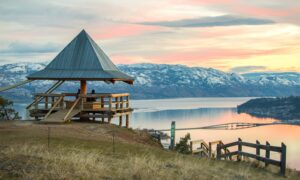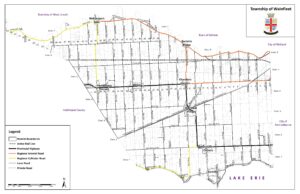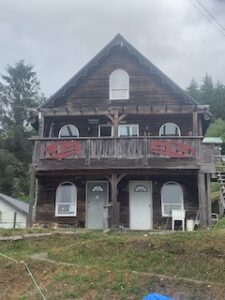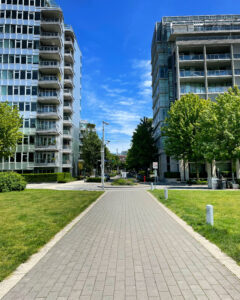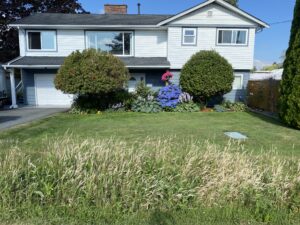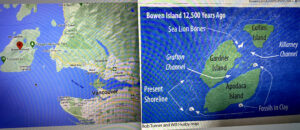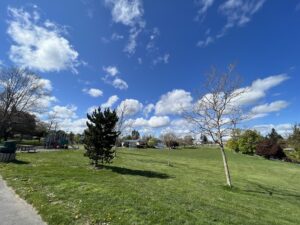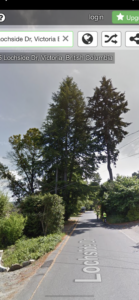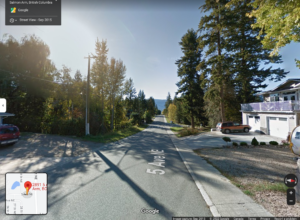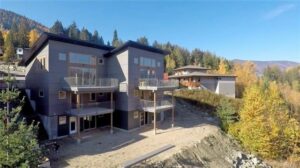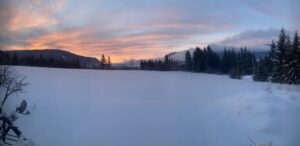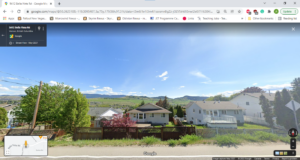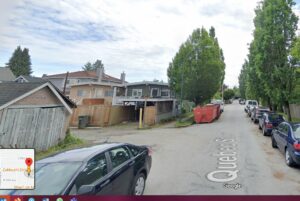Exercise #1: Local Environmental History
Instructions
For Exercise #1, you will bring environmental concepts home by looking at your neighbourhood’s environmental history.
- Using the submission form, post a photo of your area (Google Street View if you do not want to show your home) on this interactive map and explain the ecological history of this space, as per this example.
- Write a 700 to 1100 word of the ecological history of this physical environment, including where applicable: pre-contact use and settlement; wildlife past and present; early settlement and resource extraction; invasive species; urban development; stewardship actions (urban stormwater retention systems; community gardens; composting facilities).
- You must show where you found your information, either through footnote citations or with links embedded in the text, or a combination of both.
- The writing can be informal, as per the Exercise 1 Sample (you may even use first person, which definitely will not fly with your historiography and major essay projects!) but correct spelling and grammar are expected.
- In most cases, given the readily available information online, this exercise need not take more than 6–8 hours to complete. It is meant to help you think historically about your environment—to read it through an ecological lens. If you live in a rural area or small town, you may think that there is less to say than what you read in the sample based on a Vancouver neighbourhood, but this is not the case. The environmental history will be very different, and you might focus far more on, say, the settlement period of the late nineteenth century, or the implications of the introduction of cattle or irrigation and less on events of the 1960s and 70s.
- Please note, you should write and edit your submission in a separate file then copy and paste it into the submission box. Once submitted to the HIST 3991 trubox site, you will not be able to edit your post.
Are you a student of HIST 3991? Click here to add a submission to this assignment.
Submissions
Latest Posts
Fairview, Vancouver
November 19, 2025 By: Chelsea Brown
For Exercise #1: Local Environmental History I currently reside in Fairview, a lovely area of Vancouver, where I have lived with my partner for over two years. Thuncher (2014) explains that the name Fairview came from its scenic views, and that “fair” still meant the same thing as “beautiful” when it was first named in 1886. I agree with this statement, as you get fantastic views of the city and distant mountains. One of the aspects I appreciate most about living in Fairview is its central location – we’re close to downtown, yet removed from the hustle and bustle. Additionally,…
Beach Ave, Vancouver, BC V6C 3C1 Canada
October 23, 2025 By: Grace Fang
Local Environmental History OF Beach Avenue, Vancouver, BC Introduction I currently live on Beach Avenue in downtown Vancouver, Canada, in English Bay. When I moved here with my family a few years ago, I was immediately captivated by the city and nature, and when I opened the window in my room, I could see the beach of English Bay and a three-minute walk to the park. Before this, I had not studied the history of this place, but after consulting the information in detail, I found that Beach Avenue is the epitome of Vancouver’s urbanization and ecological conservation, from the…
Summerland, BC
October 20, 2025 By: Capri Holm
Dr. Mark Butorac HIST 3991: Environmental History Capri Holm October 19, 2025 Introduction My husband and I relocated to Summerland, BC, to be closer to his work and reduce our commute. We never imagined the historical importance this small town in the Okanagan would hold. In this exercise, I will begin by discussing Summerland’s history during the pre-settlement era and then explore the specific historical significance of the area adjacent to us after settlement. Pre-contact use and the settlement Summerland was originally inhabited by the Syilx people of the Okanagan, whose traditional territory covered nearly 70,000 square kilometres (Unceded…
Canyon Meadows – Calgary, AB
October 13, 2025 By: Jeff van der Ploeg
Introduction When my wife and I moved from Edmonton to Calgary last year, our goal was to find a home in the southside, close to walking trails and the city’s largest green space. At first glance, the Canyon Meadows neighbourhood in southwest Calgary might seem like a typical suburb, but it holds a much deeper ecological story. This essay explores that story by sharing the history of Fish Creek Provincial Park (Fish Creek) and the surrounding community. From Indigenous stewardship to modern conservation, the area illustrates the evolving relationship between people and the natural world. Indigenous Land Use Before Colonization…
Canyon Meadows – Calgary, AB
October 13, 2025 By: Jeff van der Ploeg
Summary The Canyon Meadows community in southwest Calgary maintains a strong bond between its residents and the land. Before early settlers arrived, Indigenous peoples relied on this land as they followed bison. European settlers came about 200 years ago, seeking to develop prosperous farms and ranches that gradually altered the landscape. Today, my community is proud to host one of the largest urban green spaces in North America, called Fish Creek Provincial Park. Our community is one of many stewards of Fish Creek, which honours its rich history. Our connection to this land continues its legacy of preservation and resilience,…
